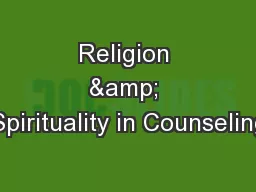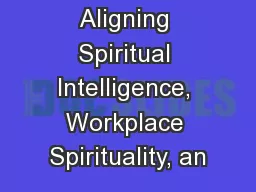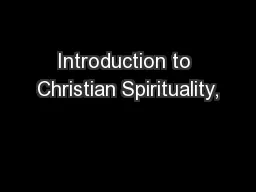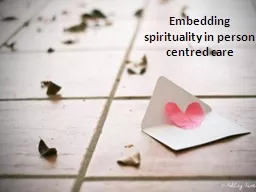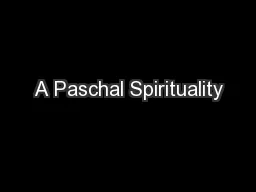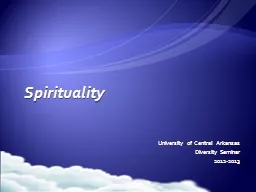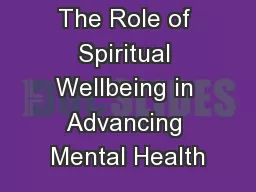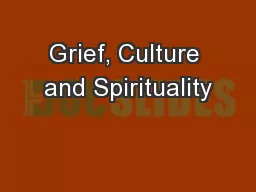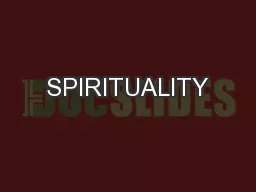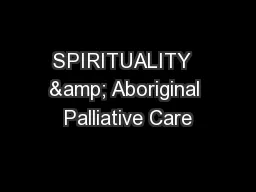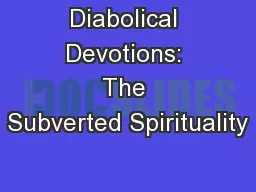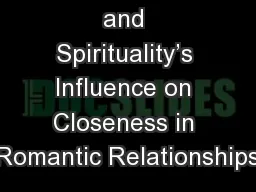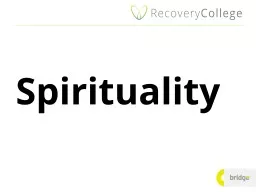PPT-Religion & Spirituality in Counseling
Author : pamella-moone | Published Date : 2017-11-03
Janeé R Avent MS LPCA NCC The University of North Carolina at Greensboro Your sacred space is where you can find yourself over and over again Joseph Campbell
Presentation Embed Code
Download Presentation
Download Presentation The PPT/PDF document "Religion & Spirituality in Counselin..." is the property of its rightful owner. Permission is granted to download and print the materials on this website for personal, non-commercial use only, and to display it on your personal computer provided you do not modify the materials and that you retain all copyright notices contained in the materials. By downloading content from our website, you accept the terms of this agreement.
Religion & Spirituality in Counseling: Transcript
Download Rules Of Document
"Religion & Spirituality in Counseling"The content belongs to its owner. You may download and print it for personal use, without modification, and keep all copyright notices. By downloading, you agree to these terms.
Related Documents

